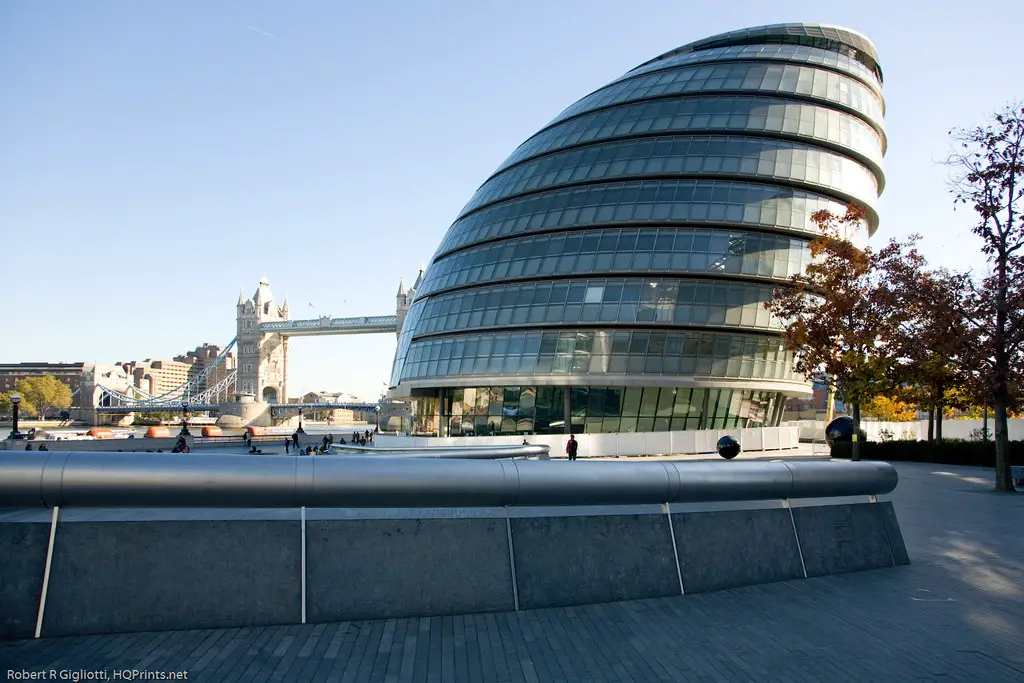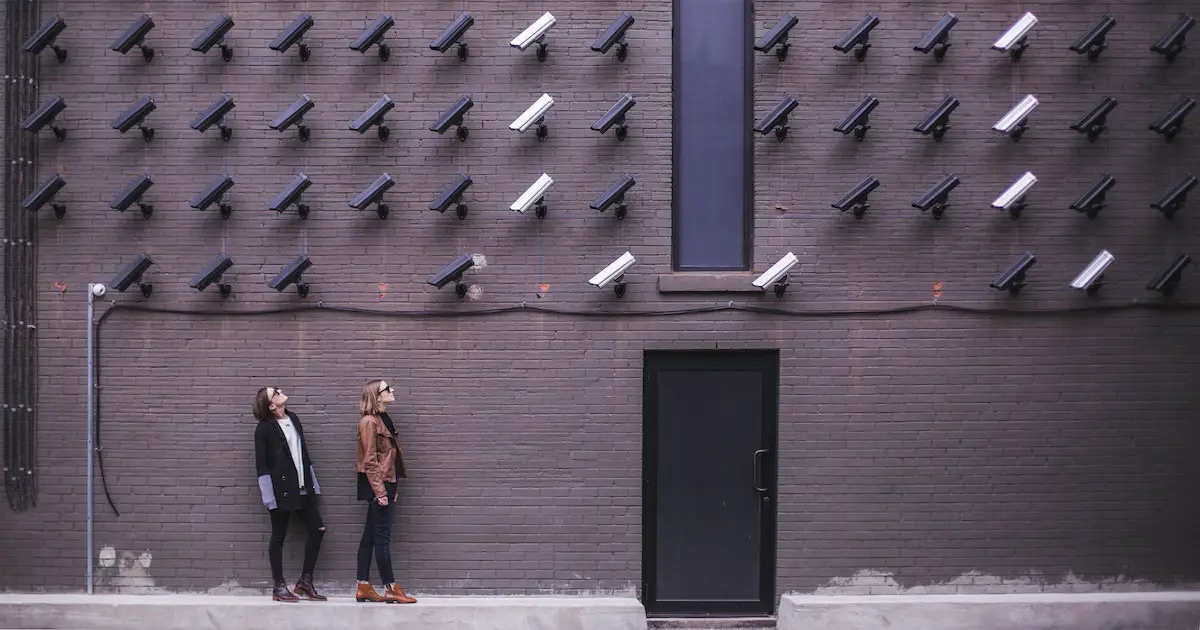Running parallel to global urbanisation is rapid technological development with the potential to change the city as we currently know it. This will affect our human interactions, the way we use public space, and the methods involved in constructing the cities we live in.
Essentially, the city of the future will be a very different place, and here’s five technologies that will have helped shape it:
Electric Cars
The long-running battle to end our addiction to the automobile is essentially a pointless one, because the car is a brilliant invention. In its current form, the personal travel device has one major flaw – its fuel – but this flaw can be overcome.
In fact, if cars didn’t pollute, they would be wonderful additions to our cities. Of course, congestion issues would remain, but the clean, quiet electric car of the future could contribute positively to the economics of our cities, and make urban living a more enjoyable experience for many.
The city of the future will have streets lined with electric car charging stations, a vision shared by the American company Better Place, which you can read more about here.
Social Media
Social Media has already changed the way people interact with each other, so is it too much to assume it will change the way we interact with our cities?
As explored in a previous post on this site, social media interactions based around the built environment are becoming more mainstream thanks to services like Foursquare and geo-location facilities being implemented in established services like Flickr and Twitter. As the amount of data being generated by these services increases, we are going to be presented with a new way of exploring the city, and with geo-location continuing its shift to the mainstream, it will inevitably change the way we interact with our cities.
Wireless Utilities
Wi-Fi and 3G technologies have taken broadband out of our offices and into the wider world, and have already inspired a wealth of technologies and services that never existed before, including many of the social media features mentioned above.
But in the city of the future, electricity will be wireless too. No more stress from your iPhone battery running out before you get home, it will simply start charging automatically when you enter a building. Installing countless plug sockets will no longer be necessary, with electricity instead being beamed from a central point in a building. For non-mobile devices, wires and batteries will be a thing of the past.
In a city equipped with wireless utilities, instead of streets lined with electric car charging stations we will have roads that emit electricity, charging the cars that travel over them.
Smart Concrete
Despite being solid and adaptable, concrete is inflexible and energy intensive. However, advances in nano-technology mean it is now possible to make it stronger, lighter, and self repairing. Nanotubes are tiny hollow tubes around 10,000 times thinner than a human hair, and simply by inserting them into concrete you end up with a much improved version of its predecessor. When combined with self-healing crystals that expand to fill any cracks that appear, you end up with a super-concrete that will be just as prevalent in the city of the future as regular concrete is in today’s cities.
Crowd Management
As the population of most cities increases, managing the millions of people that move through them will become increasingly difficult. Thankfully, advancements in crowd management technologies are removing the risk involved in designing new buildings and public spaces.
Architects and designers can now run their designs through crowd simulation software, allowing them to see any potential issues with the design before even building it. This means that the built environment of the future currently being designed by well-equipped professionals will offer a much more functional and user-friendly experience than anything that has come before.
Photo: Joseph Chan



